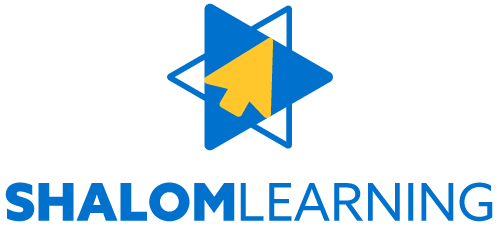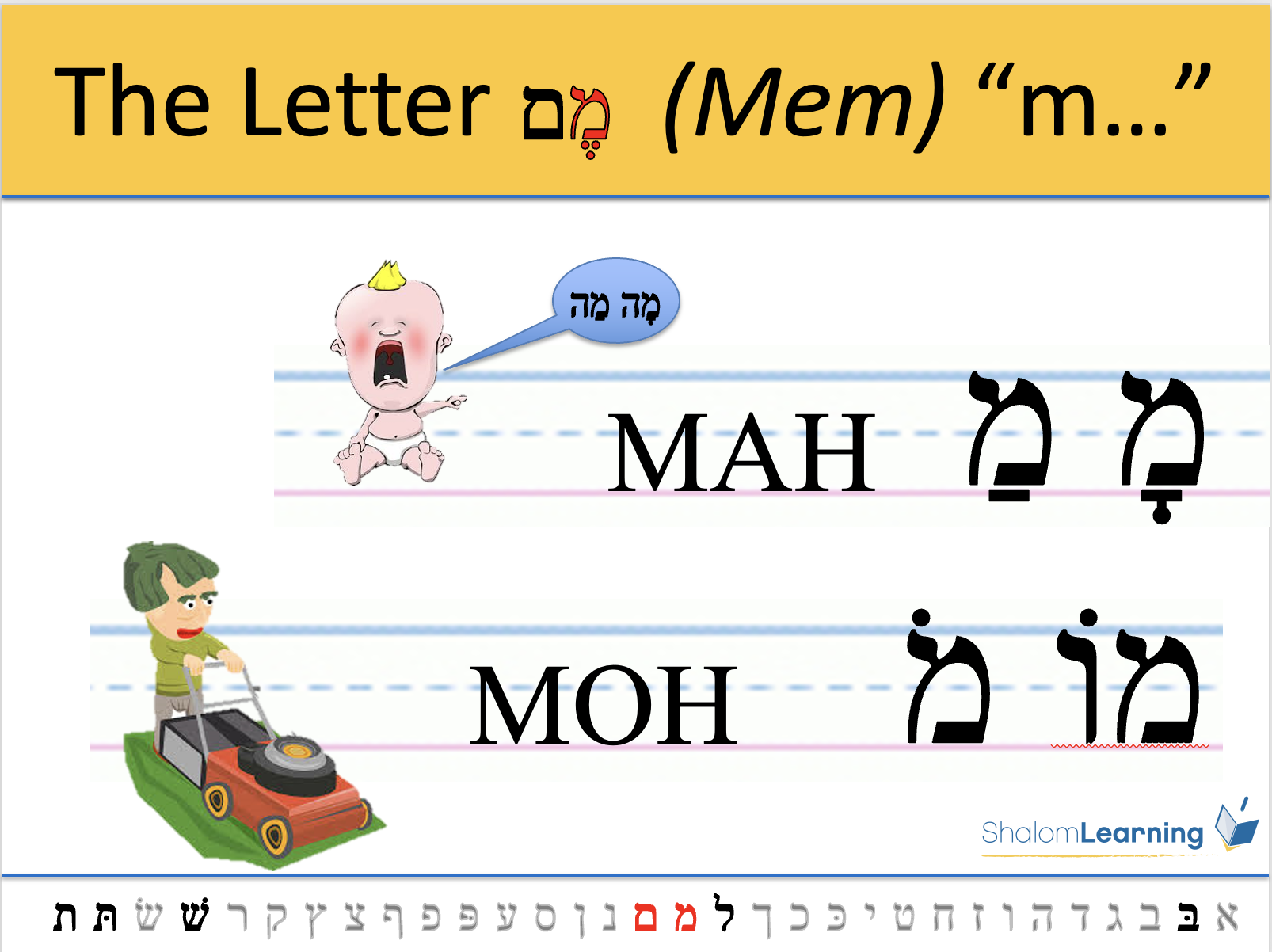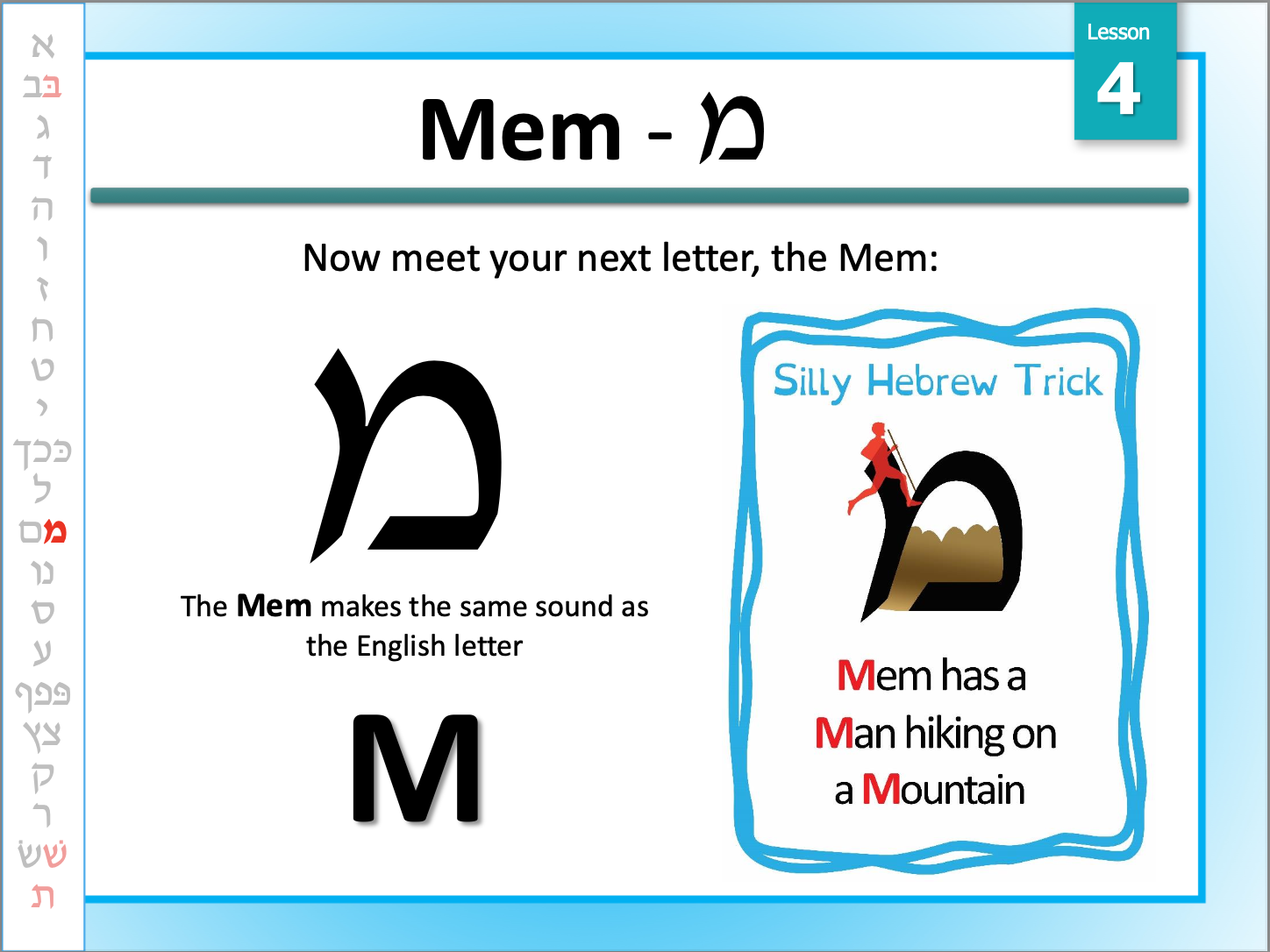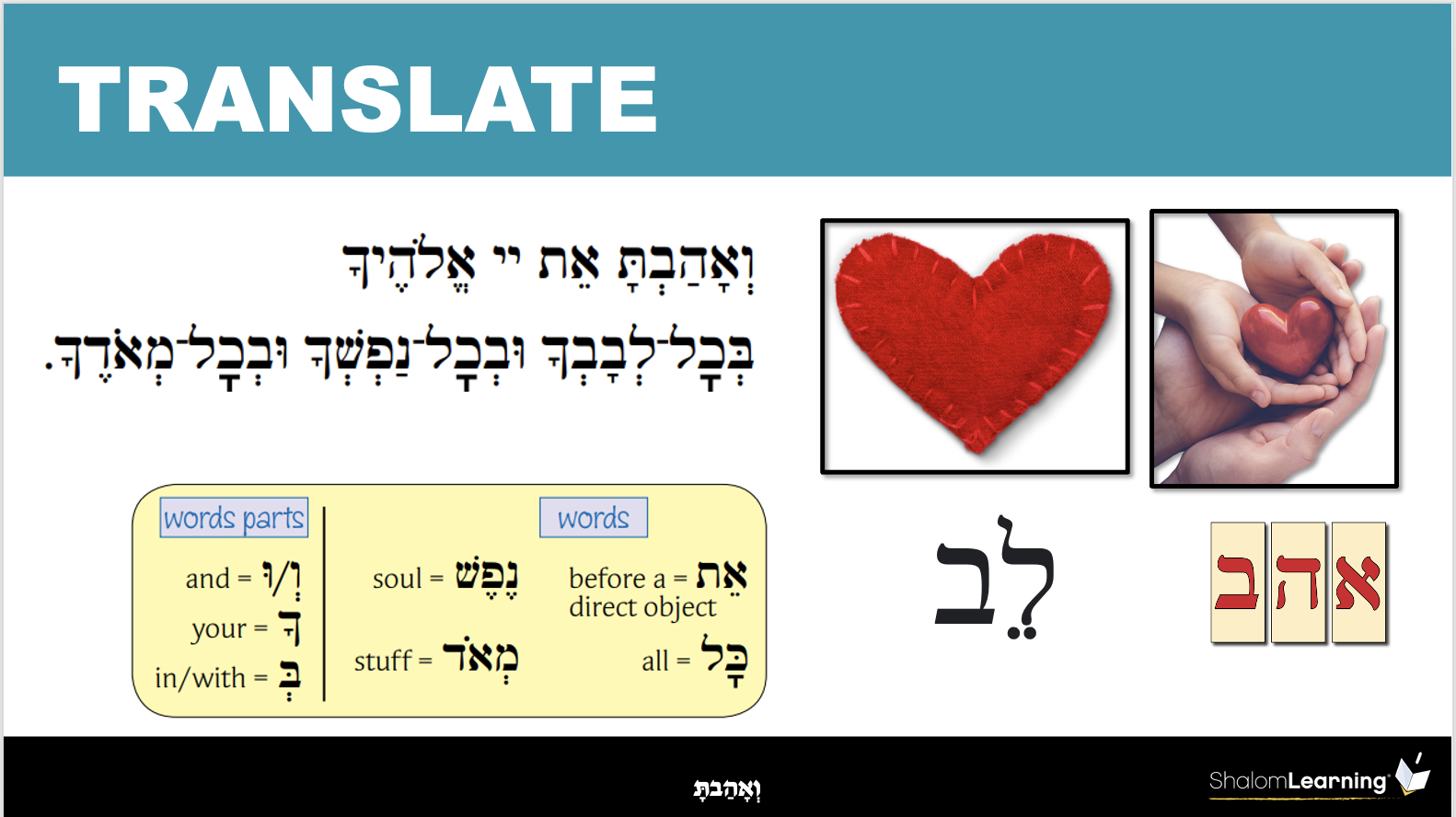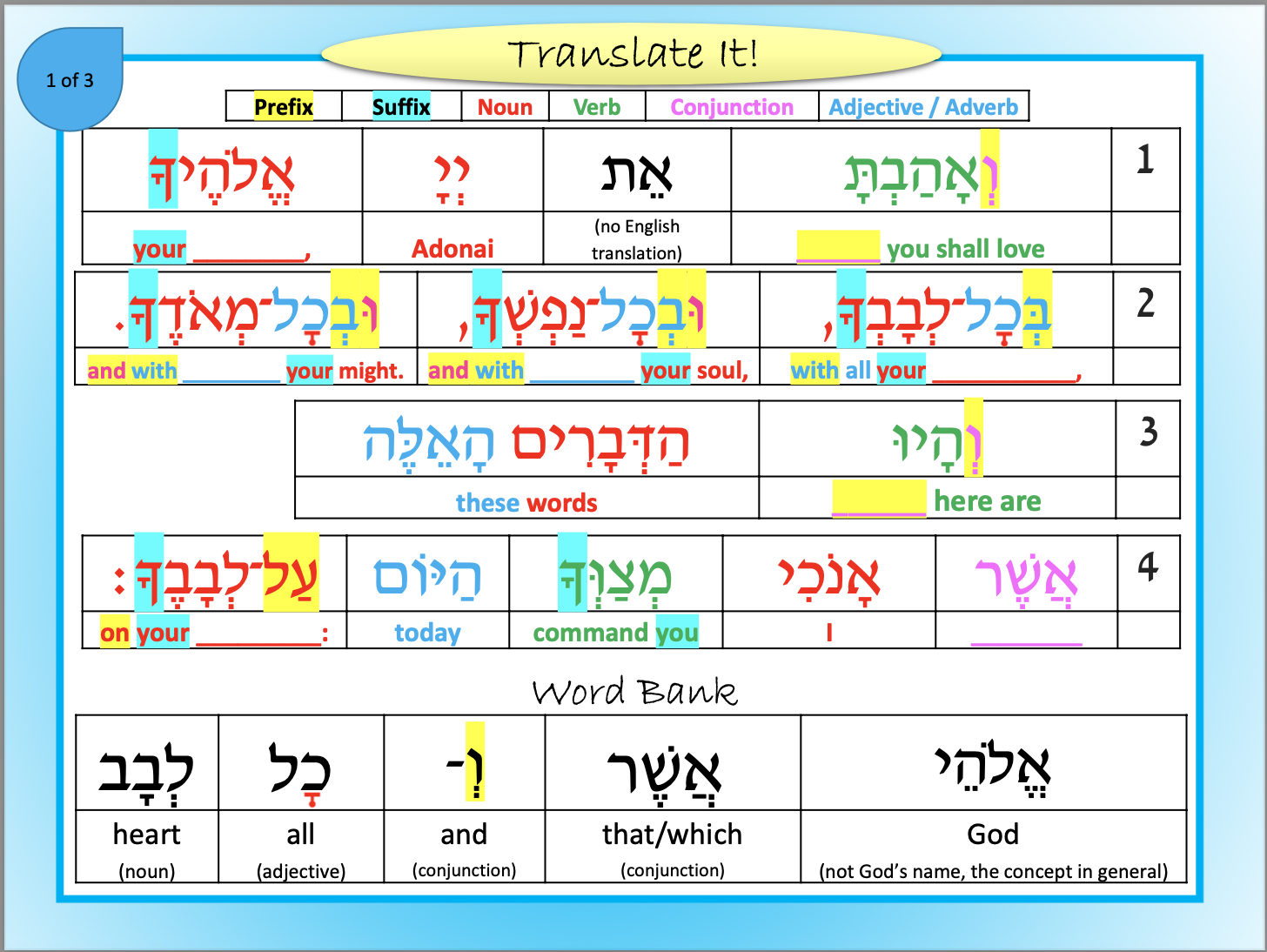Hebrew Programs for Every Learner
We offer three Hebrew programs to provide a variety of learning options. We help our partners choose the right program or programs based on their student’s needs.
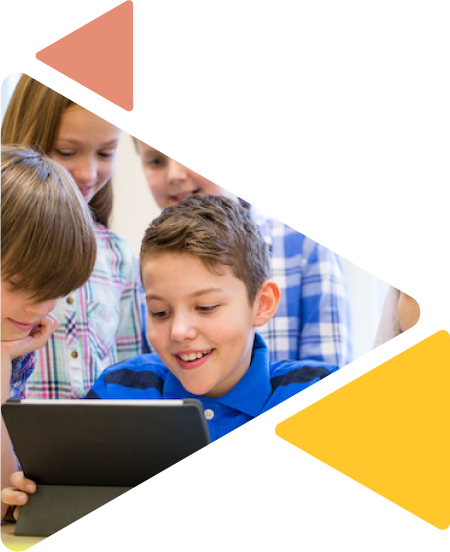
Group Learning with Self-Paced Options
Both Torah Aura and JLearnHub include comprehensive materials for educators to teach Hebrew decoding and Tefillot (prayers) in a group setting — onsite or online for grades 3-7. Both provide self-paced online activities for students to listen to letters, prayers, and melodies and record themselves. Educators can mix and match prayers from both curricula.
|
Torah Aura |
JLearn Hub |
|
|---|---|---|
| Learn to read methodology | Provides visual cueing to learn Hebrew keywords and incorporates movement to learn action words | Provides mnemonic tricks to teach letters |
| Additional activities | Periodic virtual tours of Israel that connect to Hebrew learnings | Printable packets to teach letters and vowels |
| Tefillot (prayers) | 27 prayers | 17 prayers |
| Prayer teaching focus | Prayer meaning and keywords through interpretation | Translation with modern Hebrew vocabulary |
What Program is Right for You?
Learn more about the different teaching styles of each program
A 1:1 Curriculum Option
Let’s Learn Hebrew Side-by-Side is a self-paced program based on learning the sounds of Hebrew where students participate in lessons and learning activities on their own schedule. All Let’s Learn Hebrew students need a learning facilitator to work with students one-on-one to review their work, assess progress, and provide assistance.
The sound-to-print methodology can be a great fit for students aged 10-13 that have been exposed to the sounds of Hebrew and are now ready to learn decoding. Schools have found it particularly helpful for students that learn better in a one-to-one environment or need extra preparation for B’nai Mitzvah.
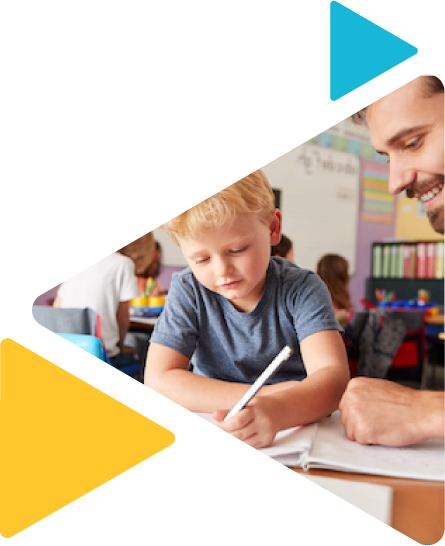
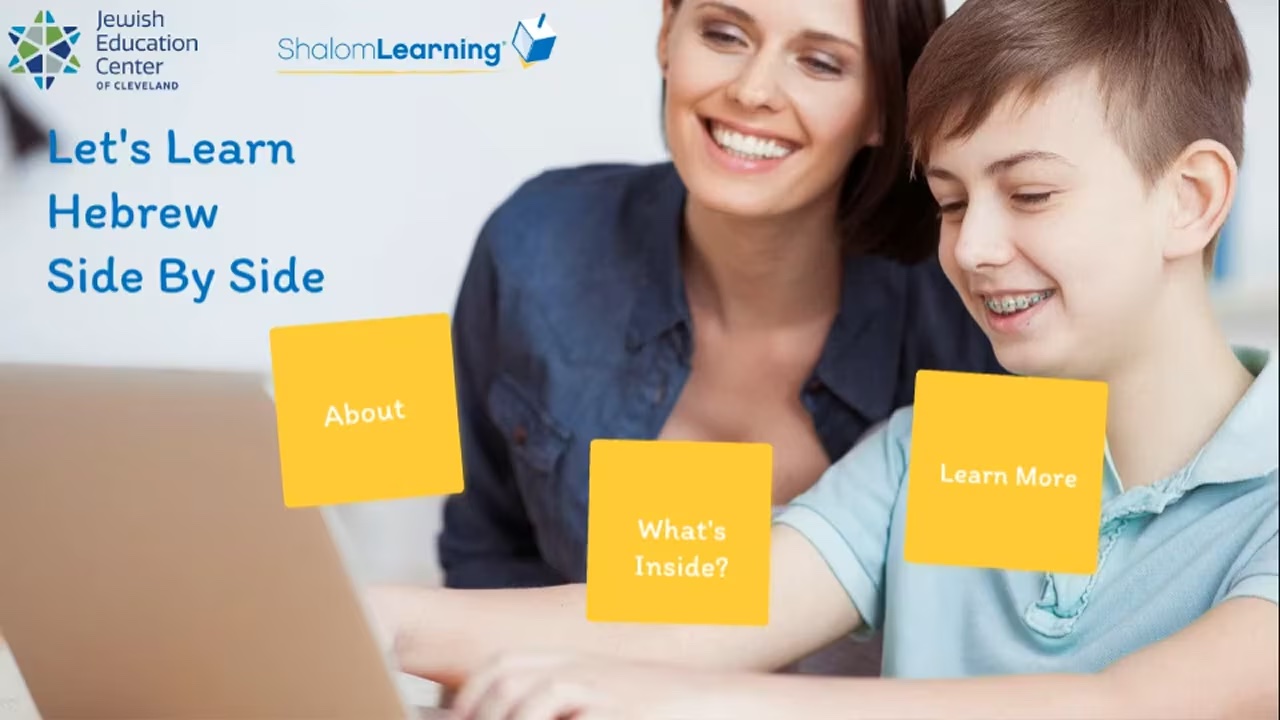
By practicing aloud in a one-on-one learning environment, students get instant reinforcement for correct or incorrect decoding and can build a positive relationship with their learning facilitator.
